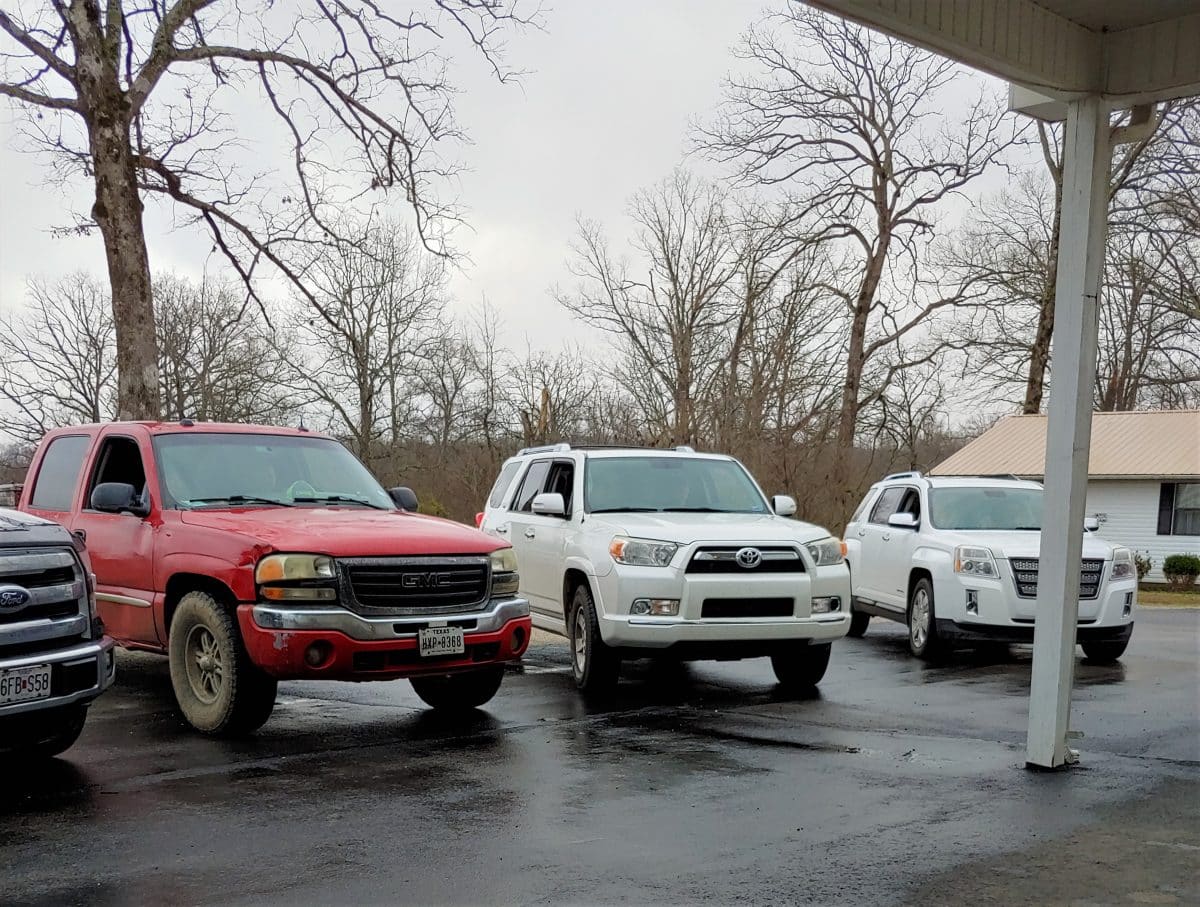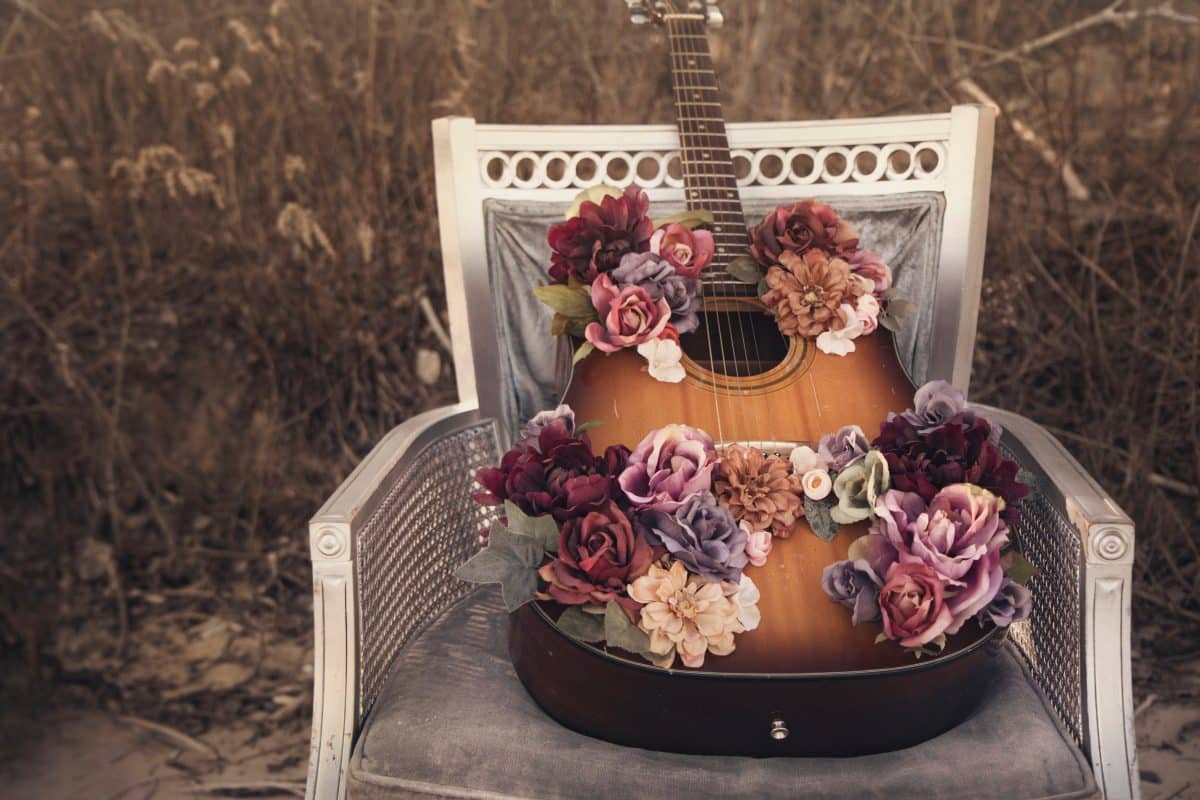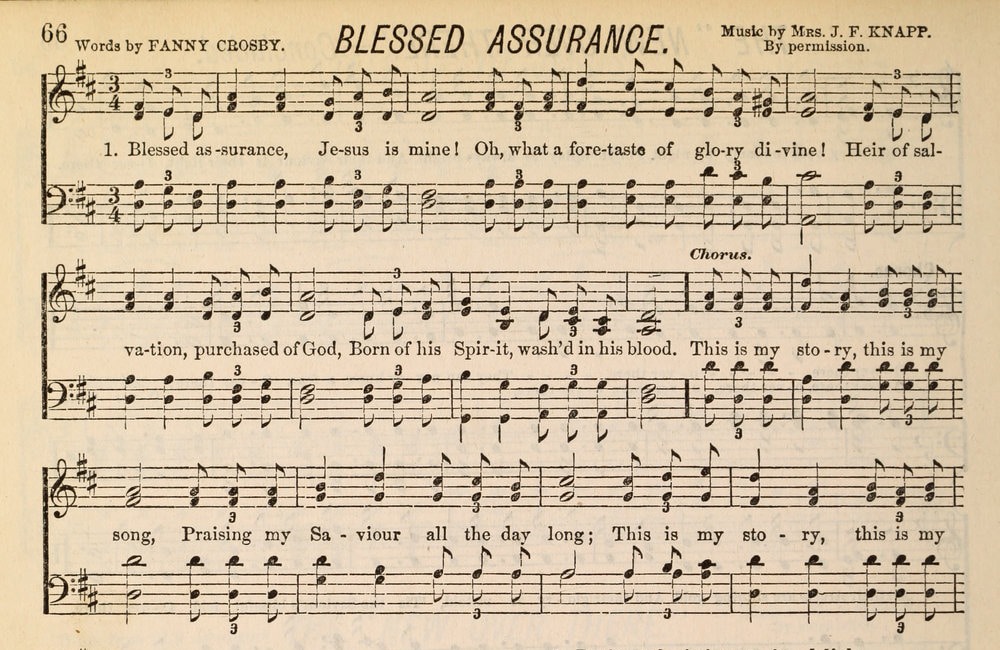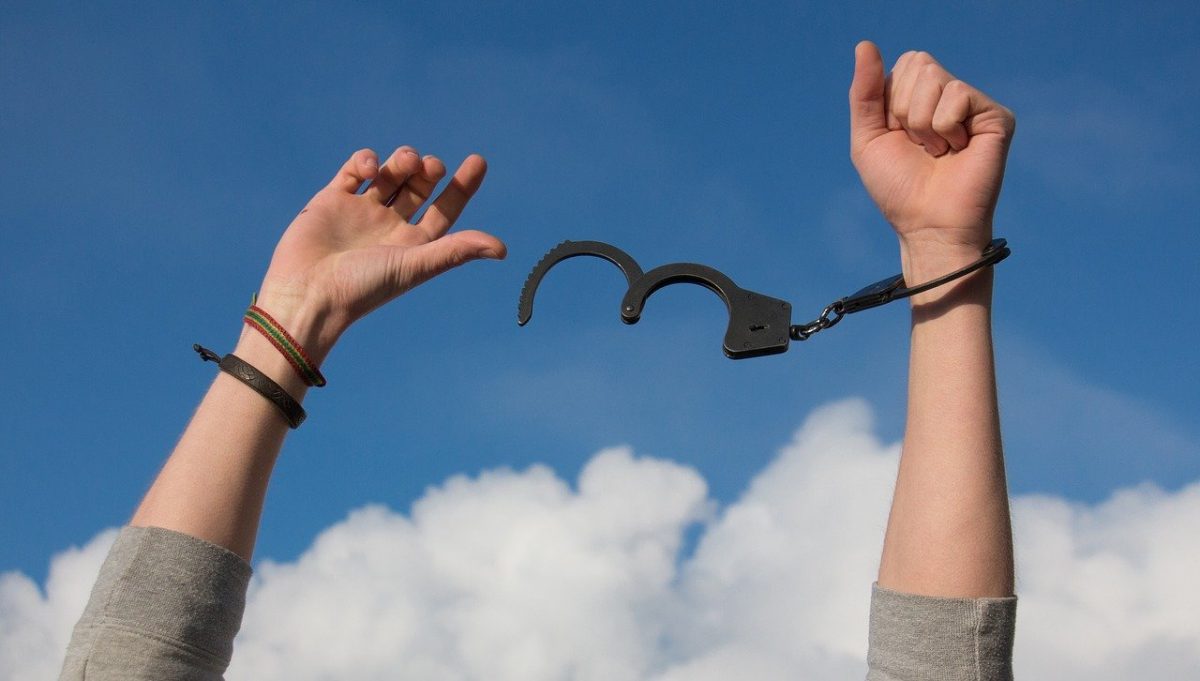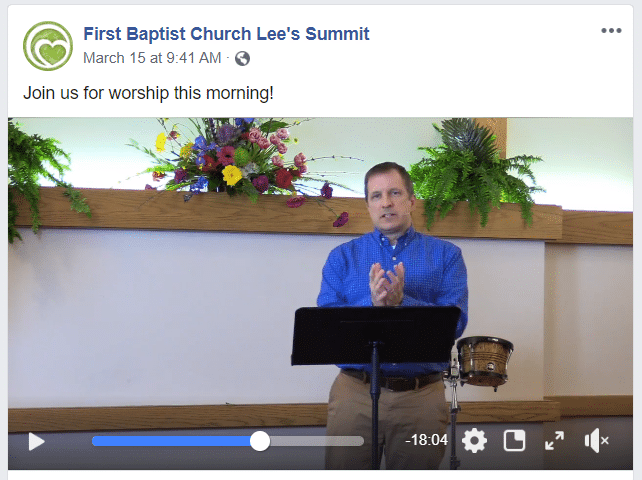Worshiping in Parked Cars
After worship on Sunday, March 15, our church family discussed what we would do next. For more than three years we had had Sunday lunch together, but there was a sense this would be the last time for a while. After a few days of prayerful

